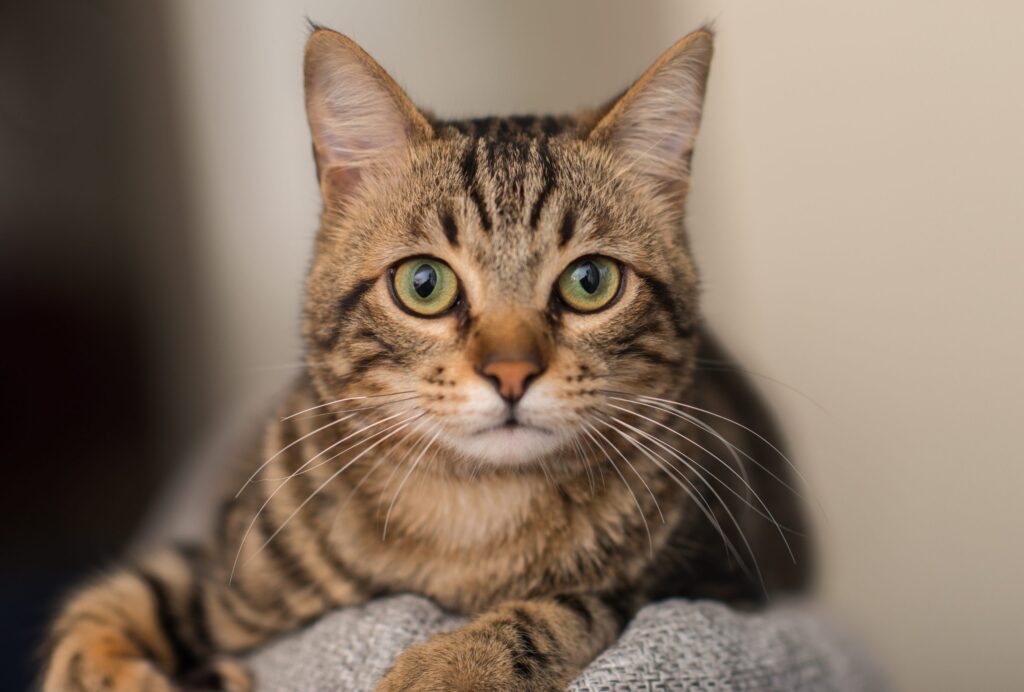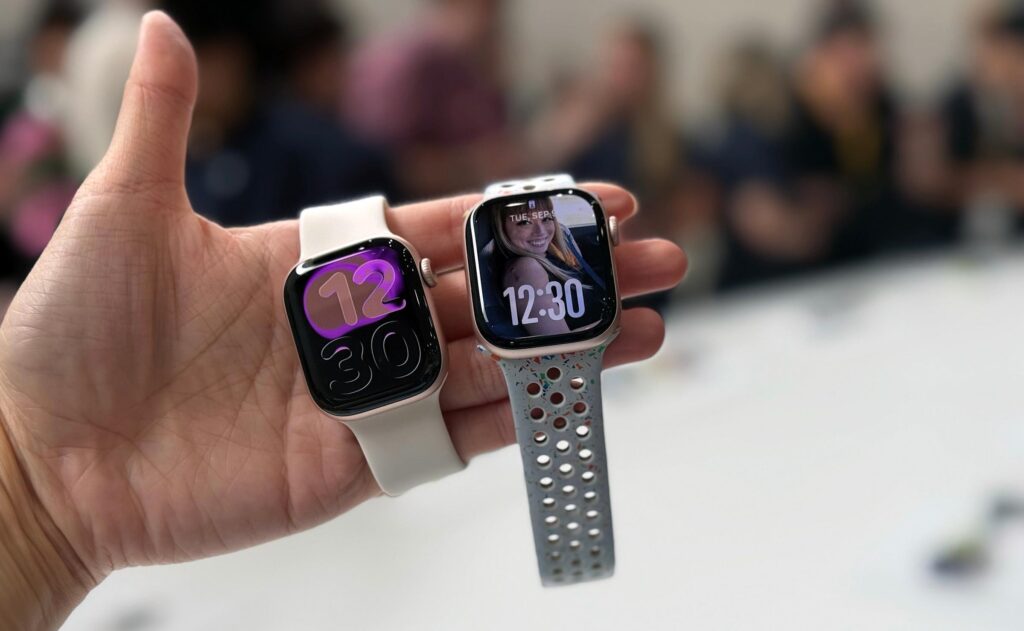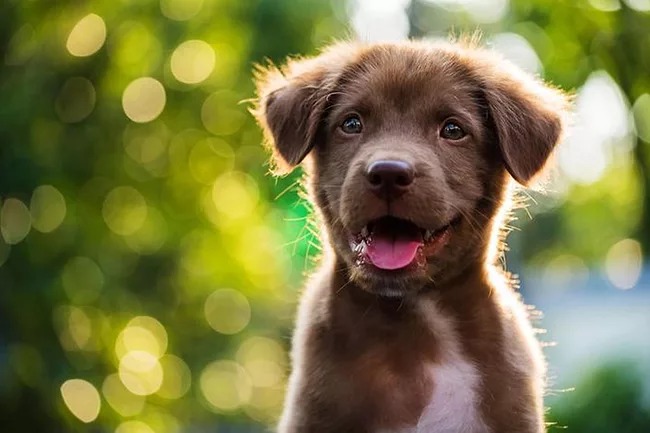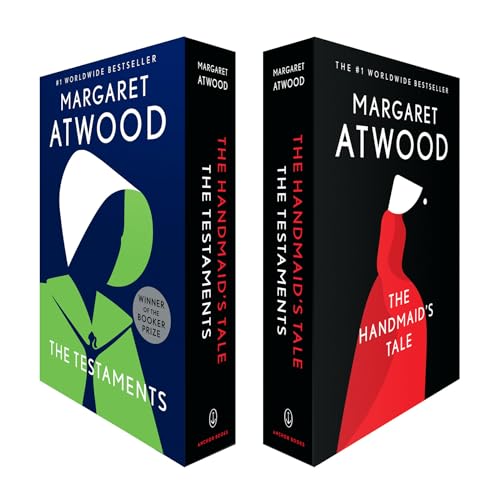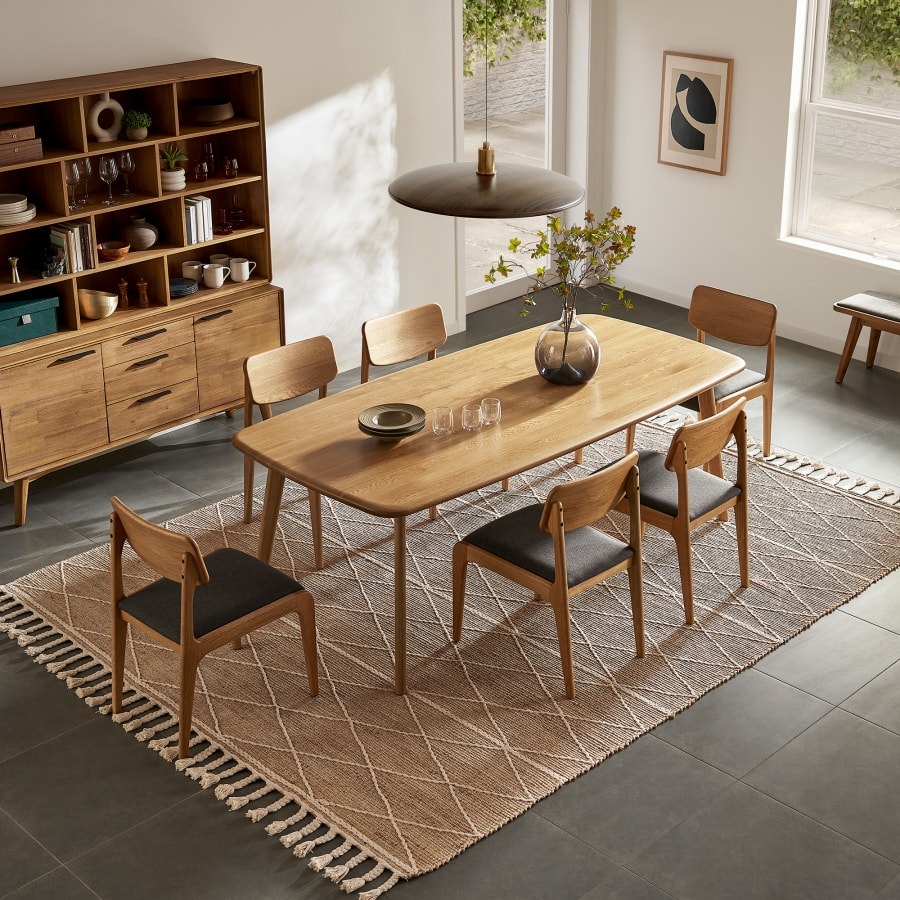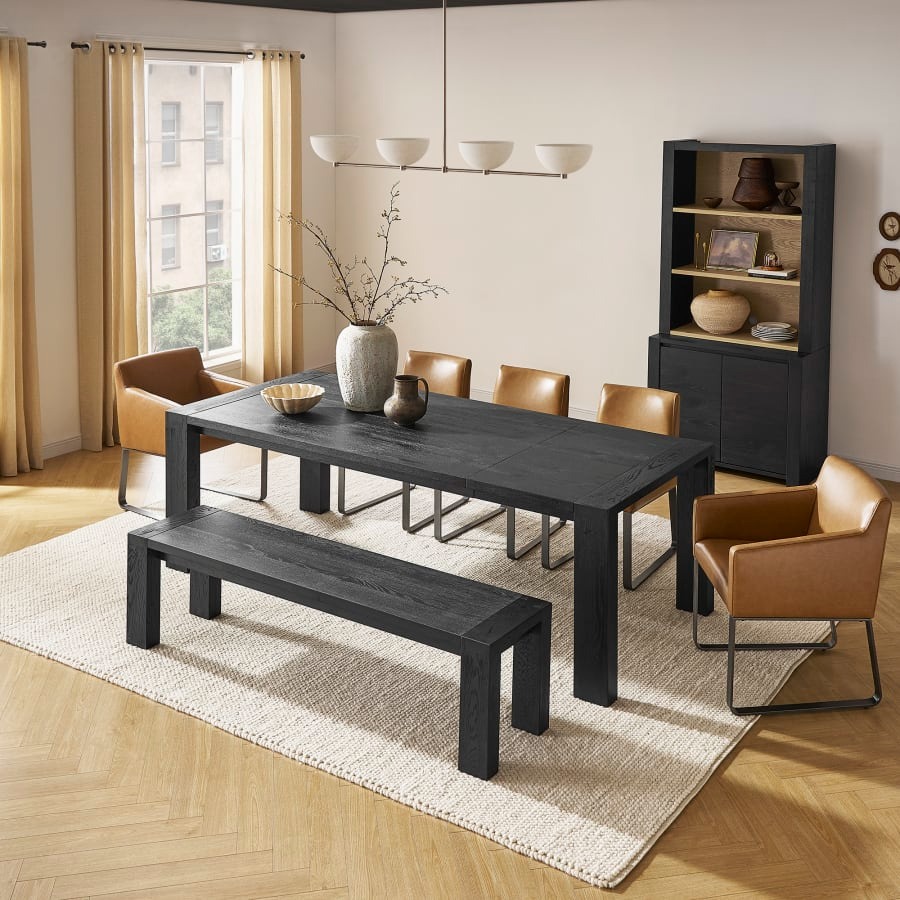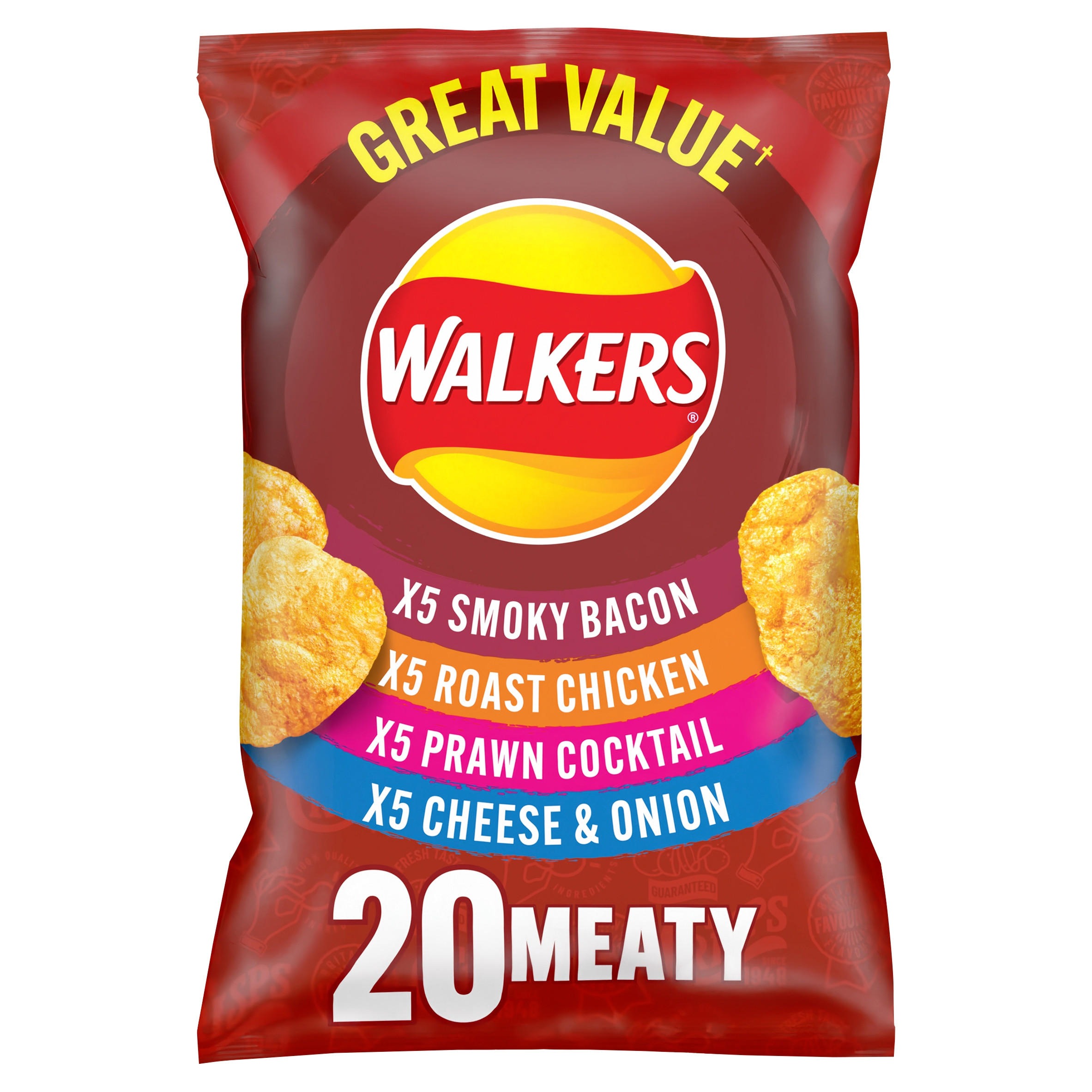Cats may have a reputation for being finicky, but choosing the right food for your feline companion is a critical decision that affects health, longevity, energy levels, coat, digestion, and overall well-being. In this article, we’ll walk through the fundamentals of cat nutrition, the different types of cat food available, what to look for on labels, special dietary considerations, and tips for transitioning foods.
For a wide selection of premium cat food brands, you can explore Zooplus — a trusted destination for pet nutrition essentials.

Why Cat Nutrition Matters
Unlike dogs, cats are obligate carnivores. Their bodies require certain nutrients that must come from animal-based proteins. A diet lacking in taurine, arachidonic acid, vitamin A, and high-quality protein can lead to serious health issues over time. Proper nutrition supports:
- Muscle maintenance and strength
- Immune function
- Healthy skin and shiny coat
- Digestive health
- Urinary tract health
- Strong bones and teeth
Feeding a nutritionally unbalanced or low-quality diet may lead to weight issues, digestive upset, urinary problems, and nutrient deficiencies.
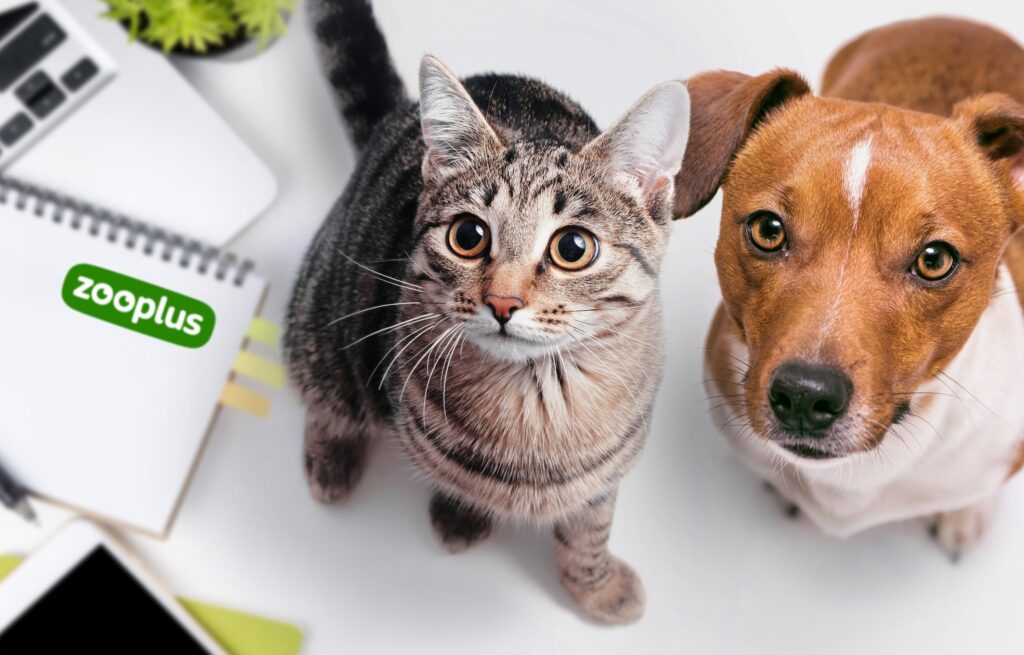
Types of Cat Food: Pros, Cons & Best Uses
When shopping on Zooplus or in stores, you’ll find various types of cat food available. Each has its own benefits and ideal use.
1. Dry (Kibble)
- Pros: Convenient, shelf-stable, economical, easy to serve.
- Cons: Lower moisture content, may contain more carbohydrates.
- Best for: Healthy adult cats with proper hydration.
2. Wet (Canned)
- Pros: High moisture helps with hydration and kidney health; more palatable.
- Cons: Costlier per calorie and spoils faster after opening.
- Best for: Picky eaters or cats needing extra hydration.
3. Semi-Moist & Pouches
- Pros: Convenient single servings, soft texture.
- Cons: May contain preservatives or added sugars.
- Best for: Occasional meals or food toppers.
4. Raw / Freeze-Dried / Dehydrated
- Pros: High in protein, mimics natural prey diet.
- Cons: Needs careful handling, more expensive.
- Best for: Experienced pet owners looking for raw nutrition.
5. Veterinary / Prescription Diets
- Pros: Tailored for medical conditions like urinary issues or allergies.
- Cons: Costly, limited flavor choices.
- Best for: Cats with diagnosed health issues.
Key Nutrients & Label Reading: What Matters
When evaluating cat food on Zooplus, here’s what to look for:
Protein Quality
Cats need animal-based protein (chicken, turkey, fish). Avoid vague “meat by-products.”
Fats & Fatty Acids
Essential for energy, skin, and coat health. Look for omega-3 and omega-6 sources.
Taurine
A must for heart, vision, and overall wellness. Every balanced cat food should include taurine.
Vitamins & Minerals
Ensure proper calcium, phosphorus, and vitamin levels for bone and muscle support.
Moisture Content
Wet foods help maintain hydration — vital for urinary tract health.
Carbohydrates & Fillers
Limit grains and fillers like corn or soy; cats don’t need many carbs.
Certification
Look for AAFCO (U.S.) or FEDIAF (Europe) “complete and balanced” statements.
Life Stages & Special Needs
Kitten (Under 1 Year)
Needs high protein and fat for growth and development.
Adult (1–7 Years)
Balanced maintenance diet — moderate protein, vitamins, and minerals.
Senior (7+ Years)
Lower calorie, easily digestible food with joint and kidney support.
Overweight Cats
Choose low-calorie, high-fiber diets to manage weight effectively.
Health Conditions
- Urinary/Kidney Issues: Low phosphorus, moisture-rich food.
- Allergies: Limited-ingredient diets or novel proteins.
- Diabetes: High-protein, low-carb foods.
You can easily find all these specialty diets at Zooplus.
How to Transition Cat Food Safely
Switch gradually over 7–10 days:
- Days 1–2: 75% old + 25% new
- Days 3–4: 50% old + 50% new
- Days 5–6: 25% old + 75% new
- Day 7+: 100% new
Slow transitions help prevent digestive upset. Warm food slightly to enhance aroma.
Feeding Tips & Daily Habits
- Feed 2–4 small meals per day.
- Keep water bowls fresh and accessible.
- Alternate between wet and dry food.
- Store dry food in airtight containers.
- Check expiry dates and brand instructions.
- Use feeding puzzles to promote mental activity.
Sample Daily Feeding Chart
| Cat Weight | Daily Calories | Dry Food (Approx.) | Wet Food (Approx.) |
|---|---|---|---|
| 6 lbs | 180–200 kcal | ½ cup | 170 g |
| 8 lbs | 220–240 kcal | ⅔ cup | 200 g |
| 10 lbs | 260–290 kcal | 1 cup | 230–260 g |
(Values may vary depending on activity level and brand — check your Zooplus product label.)
Common Myths About Cat Food
- Myth 1: “Dry food is unhealthy.”
✅ High-quality kibble is perfectly fine if cats drink enough water. - Myth 2: “Raw food is always best.”
⚠️ Raw diets require expert handling and balancing. - Myth 3: “Cats can live on tuna or milk.”
🚫 Tuna lacks nutrients; many cats are lactose intolerant. - Myth 4: “Senior cats need less protein.”
❌ Seniors often need more digestible protein to preserve muscle.
Why Choose Zooplus for Cat Food
When it comes to pet nutrition, Zooplus stands out as one of Europe’s most trusted online pet stores. Here’s why:
- Huge Selection: Thousands of cat food brands — from premium to budget options.
- Fast Delivery: Convenient doorstep shipping with tracking.
- Regular Discounts: Save through bundle offers and subscriptions.
- Special Diets Available: Grain-free, sensitive digestion, senior, or vet-recommended formulas.
- Trusted by Pet Owners: Millions of positive reviews from cat parents across Europe.
Feeding your cat isn’t just about filling the bowl — it’s about choosing a nutritionally complete, safe, and satisfying diet that supports lifelong health. Whether you have a playful kitten or a senior cat with special needs, a balanced meal plan makes all the difference.
Browse the latest, vet-approved, and top-rated cat food collections on Zooplus to give your feline friend the nutrition they truly deserve.

